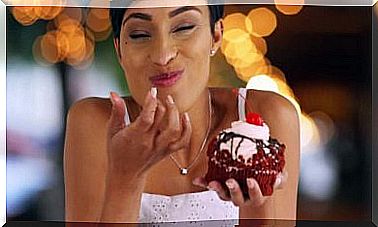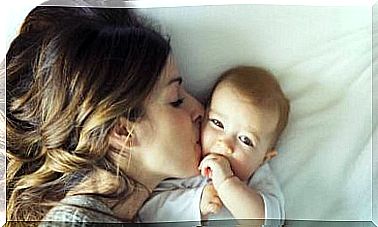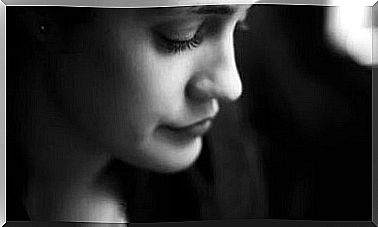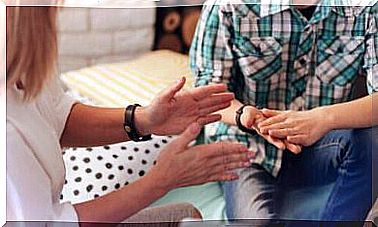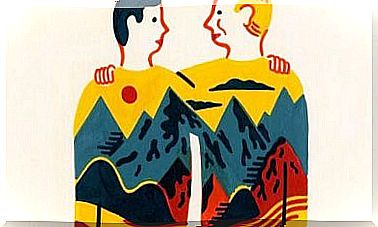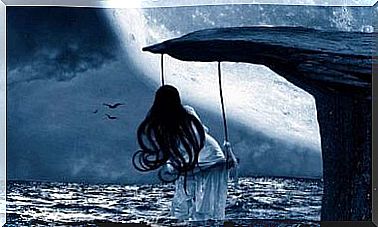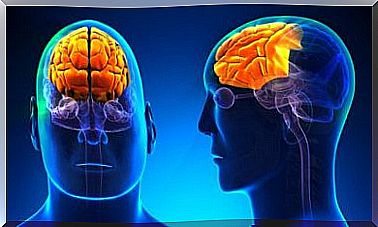How To Help The Child You Once Were
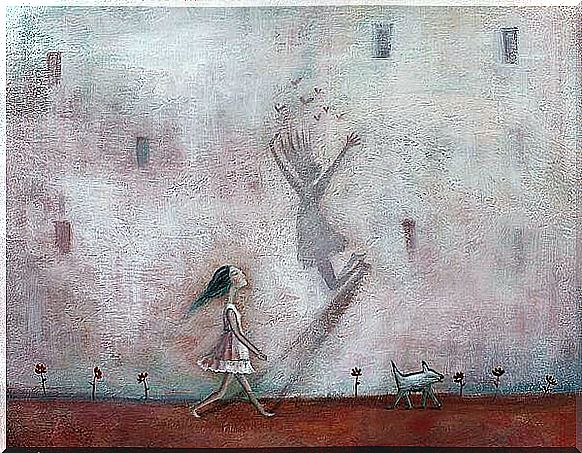
It’s an obvious thing to say that everyone was a child at some point. Even the person who may seem the most aggressive, angry, annoyed, or toxic has already gone through this sweet phase of life that should be childhood. But she’s not always pink. For many people, childhood has meant a period of life that they prefer not to remember.
And that ends up having a negative impact. This child grows up with low self-esteem, thinking that he is not worthy of love, that people will always abandon him, that he will depend on others to be happy or that he needs self-esteem. Upon reaching adulthood, all needs can be brought to the surface in the form of jealousy, anger, addictions, or depression.
We don’t intend to place all the blame for how we feel right now in our past, but it’s important to recognize the influence he has in the now, in the present, to learn the tools we need to move forward.
the schemes of life
Jeffrey Young is an American psychologist known for being the founder of schema therapy. This therapy involves the person who is suffering becoming aware of the schemes that currently govern his life, and how they must be changed.
These schemes were learned in childhood and were extrapolated to adulthood. The aim of therapy is to deactivate the schemas and be able to cure the child that we carry within us.
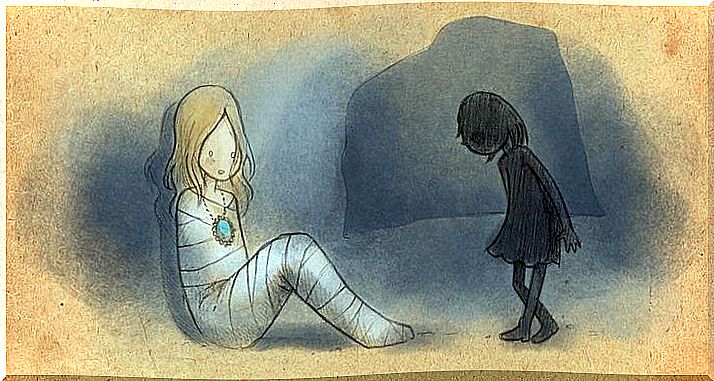
If, for example, your mother abandoned you when you were a child and you couldn’t handle it, chances are you now often show the fear of being abandoned. This affects friendship, family or love relationships and may be causing you to present jealous, aggressive or dependent behaviors.
Let’s say that that person so important to you that was your mother was projected, for example, onto your wife. So, as you believe you are unlovable, you mistakenly think that she can leave you, just like your mother did.
In addition to the abandonment scheme, there are others such as emotional deprivation, failure, vulnerability to harm, distrust, etc… which for reasons of space we will not explain here. They all share the peculiarity that they were formed in childhood, whether by the type of attachment to the family or by previous traumatic experiences.
heal your inner child
Cognitive-behavioral therapies are based on changing negative automatic thoughts and current beliefs, as well as weaning off certain repetitive behaviors that are dysfunctional. They also work with emotions and the influence they have on our behavior and evaluation.
One exercise we can do every day is to imagine ourselves as children, in a situation that was painful or that we haven’t gotten over. Close your eyes, relax, and try to relive that scene as vividly as possible. Watch that boy or girl you were and feel the emotions you felt. Don’t run away from the sadness, or the anxiety, or the anger you’ve been through. Allow yourself to feel them in all their splendor.
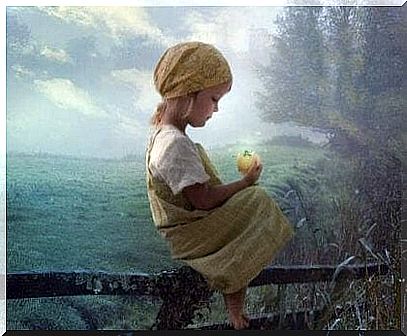
Once you are immersed in the scene and feel everything as if it were that day, take the scene to your adult, with all the wisdom you have now, and let him help that child. The adult will hug the child, dry his tears, understand him and say that he will be here forever. In addition, the adult will ask the child what he needs and will try to satisfy it. In this way, you will have satisfied their needs and helped that child, who is actually yourself.
It’s a very emotional exercise that helps to deepen our feelings and to deactivate, in part and with a lot of practice, the dysfunctional schemas we’ve learned.
Amanda Cass main image.
